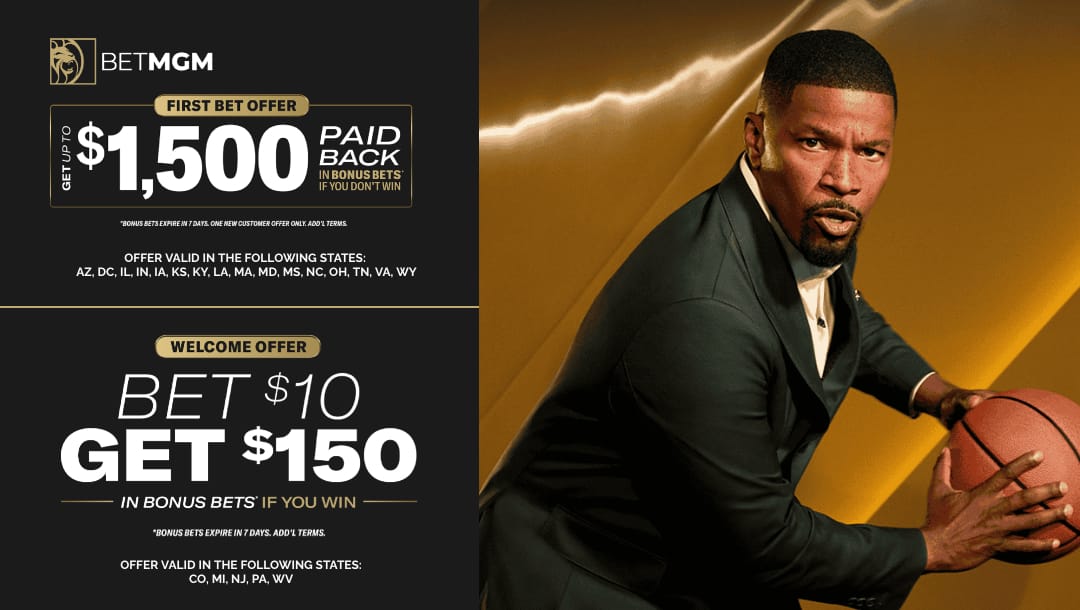"For the football season is almost upon us," read an NBC press release from Sept. 15, 1928, announcing plans for radio broadcast of games from 15 schools during the season. "Graham McNamee and Phillips Carlin, veteran radio sports reports for the National Broadcasting Company, are getting their binoculars out of mothballs and are spending their spare moments studying the revised rules of the gentle game.
"Radio engineers of the NBC are scanning diagrams of football stadiums preparatory to laying wire lines to the microphones and program builders are figuring the schedule of games to be broadcast."

"Old graduates of Yale, Notre Dame, Georgia Tech, Harvard, Army, Dartmouth, Princeton, Ohio, Michigan, Illinois, Chicago, University of Pittsburgh, Cornell, Penn State and University of Pennsylvania this year will be able to attend the games of their Alma Maters by radio if business keeps them from the stadium, according to plans," it continued. "Broadcasts will be from gridirons located as far south as Atlanta and as far west as Chicago."
Eighty-nine years after NBC rolled out their revolutionary plans to improve the broadcast of college football games over the radio waves, football is most certainly not a "gentle game," nor do radio broadcasts require complex wire arrangements and months of planning. Radio broadcasts, however, are alive and well, stretch a little farther south than Atlanta and west than Chicago and are targeted at the same people they were nine decades ago.
"Listening offers some universal benefits over video," Scott Parker, vice president of marketing at TuneIn, told HERO Sports. "People listen when the want to multi-task and are on the go. People stare at screens all day at work, audio allows you to focus on one sense or take a break and unwind. Audio is also one of sports fans favorite ways to stay connected to their hometown announcers that are equally as passionate about their team. There's something incredibly powerful and intimate about the theater of the mind audio provides. It's also a lot less taxing on your data plan."
MORE: Tom Osborne is a Secret Weapon for Scott Frost and UCF
TuneIn, an audio streaming service with live music, sports and news, recently rolled out plans for the 2017 college football season. They include free live home and away broadcasts for 140 FBS and FCS teams, along with audio highlights and condensed game replays. But unlike NBC in 1928 — 11 years before the first televised college football game — Parker is competing with a bottomless cornucopia of video streaming options, though he doesn't see the two as mutually exclusive.
"One of the most interesting trends we've seen through ESPN Sports Poll research is the emergence of audio streaming as the dominant online activity," he said. "Listening to music is No. 1 for 12-17 year olds, ahead of video, social media and video games. While music is driving a lot of this, we recognize the huge potential that audio hold for young fans that are less likely to watch on TV."
Radio has not only withstood the charge of TV since Fordham and Waynesburg played in the first televised game in 1939, it has managed to carve a unique niche that provides heart-pounding moments like this:

